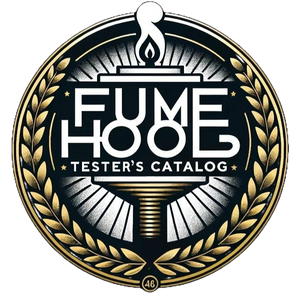ASHRAE 110 testing is often as misunderstood as the proper operation of a fume hood itself. Let's tackle a common misconception head-on: there is no such thing as "passing" ASHRAE 110. This standard isn't about pass or fail—it's a repeatable method designed to test fume hoods for comparison purposes.
Performance, as defined by ASHRAE 110, is not straightforward. To understand what truly matters, you need to refer to standards like Z9.5 “Laboratory Ventilation” for guidance. So, what exactly is ASHRAE 110? Here's what the standard says:
"This standard defines a reproducible method of testing laboratory hoods. It does not define safe procedures. However, laboratory hoods are considered by many to be the primary safety devices in conducting laboratory operations. There are many important factors in the safe operation of laboratory hoods that are not described in this standard. The procedure is a performance test method and does not constitute a performance specification. It should be noted that the performance test method does not give a direct correlation between testing with a tracer gas and operator exposures."
“In summary, evaluating the performance of a laboratory hood installation involves many factors, and ASHRAE 110 is just one tool in that process.”
But after reading the standard, do you feel more informed or more confused? If it's the latter, you're not alone.
ASHRAE 110 has become the go-to standard for assessing performance, but what does it really tell us? The standard itself states it doesn't define safety. Originally developed to allow hood buyers to compare different manufacturer’s products under ideal conditions, over its 40-year history, people have mistakenly viewed it as a measure of safety performance.
It's time for a paradigm shift. A fume hood is an exposure control device. If it isn’t protecting the user from harmful exposure, perhaps we should just turn it off and save the energy we're wasting. It's not about face velocity—it's about containment. And not just any containment, but containment under real-world conditions. This is where Dynamic Containment, like that provided by Tri-Color, comes into play. ASHRAE 110 testing is mostly static with an empty hood. But how many users actually work with an empty hood?
Let’s rethink how we approach fume hood safety and move beyond outdated assumptions and beliefs.
If you are interested in this subject, we have a Fume Hood Performance Workshop October 2nd & 3rd in Phoenix. Check it out at www.fumehood.academy
Warmest regards from the entire Fume Hood Certified Team,
Chip Albright
Founder and President
Fume Hood Certified, LLC.
PO Box 71477
Phoenix, AZ 85050.
Email: Chip@fumehoodcertified.com
P.S. It was once said in an ASHRAE 110 committee meeting, “We don’t design hoods to contain, we design them to perform well on the ASHRAE 110 tests”
What is ASHRAE 110 testing?

Alex Albright |

